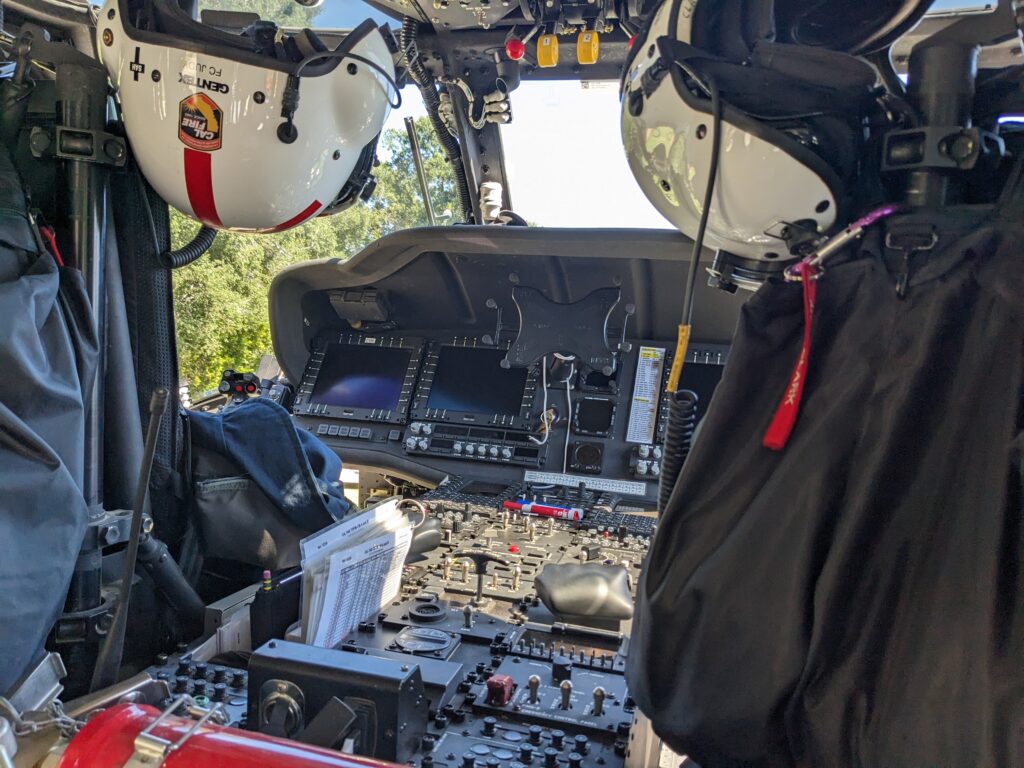A few embers from a fire can become catastrophic in minutes, igniting new blazes that can rip through homes, businesses and acres of land.
That’s why Ali Tohidi, mechanical engineering assistant professor at San Jose State University, and his team are studying how embers, also known as firebrand showers, spread. The team at SJSU’s Wildfire Interdisciplinary Research Center is attempting to better understand fire behavior.
Due to the effects of climate change, Cal Fire looks at the whole year as a fire season, spokesperson Chelsea Burkett said. The agency prepares more in the warmer months, but there is no specific peak season because it’s dependent on weather, she added.
Local researchers and firefighters are worried the next few months could be worse than years past.
Tohidi, who testified at Capitol Hill in front of the House Science Committee earlier this month, said fires started by embers are responsible for approximately 50% of houses lost in urban environments such as San Jose. To prevent this, his team is working toward incorporating an understanding of ember behavior into current fire models.
“If we have a model that doesn’t account for this, what are we doing, right?” he told San José Spotlight.
SJSU’s wildfire research center—one of the nation’s largest academic wildfire research centers—launched in 2020 following the Santa Cruz lightning complex fires, which burned nearly 400,000 acres across six counties, including Santa Clara. The center aims to conduct wildfire research that will improve tools and policies to prevent and fight fires.
Tohidi and local firefighters said the large amount of vegetation growth spurred by the torrents of winter rain is cause for concern because plants can act as fuel.
Even though the summer has been relatively quiet, Burkett said fires are inevitable as the weather heats up.
“It’s just a matter of time,” she told San José Spotlight.
Cal Fire SCU fights fires across five counties: all of Alameda, Contra Costa and Santa Clara counties, and parts of San Joaquin and Stanislaus counties.
To prepare for the possibility of fires due to hot weather, firefighters are training with a new Firehawk helicopter they received in November, which will eventually allow them to fight fires and make rescues at night, something they can’t do now.
The team is training in Sacramento next February to master the helicopter’s night vision.
“It’s all about learning the aircraft, learning the capabilities, being comfortable with it,” Fire Capt. Mike Young, member of Cal Fire SCU since 2003, told San José Spotlight.
Young said the reason there haven’t been many fires this year is because, with the exception of two units, every Cal Fire unit has a Firehawk—which is more advanced than the Huey helicopter firefighters have been flying, which was developed in the 1960s.
The Firehawk is equipped with a 1,000-gallon water tank compared to the Huey’s 370-gallon tank. It has two engines instead of one and can fly at a maximum forward flight speed of 140 knots—30 more than the Huey. The helicopter also has a preinstalled rig for air rescue operations, so teams can conduct rescues faster, rather than having to manually attach the gear.

Burkett said the team can prepare as much as possible and increase technology to understand fire behavior, but that doesn’t account for the unpredictable human element.
“You could sit there and project it all day long on a computer, but at the end of the day, what it comes down to is… how people are preventing (fires) or working to try to prepare themselves,” she said.
Tohidi recommends homeowners seal any crevices and remove dry vegetation around their home that embers could land in, also known as home hardening. He also recommends following safety guidelines, knowing evacuation routes and being aware of the hotter weather.
“Not all wildfires are bad or harmful. It’s actually a way that nature chooses to keep the hygiene of the forest,” he said. “Unfortunately because of the detrimental effects of climate change, the prolonged droughts and heat waves that we are seeing these days, we see that wildfires are becoming more impactful.”
Contact Annalise Freimarck at [email protected] or follow @annalise_ellen on Twitter.



Leave a Reply
You must be logged in to post a comment.